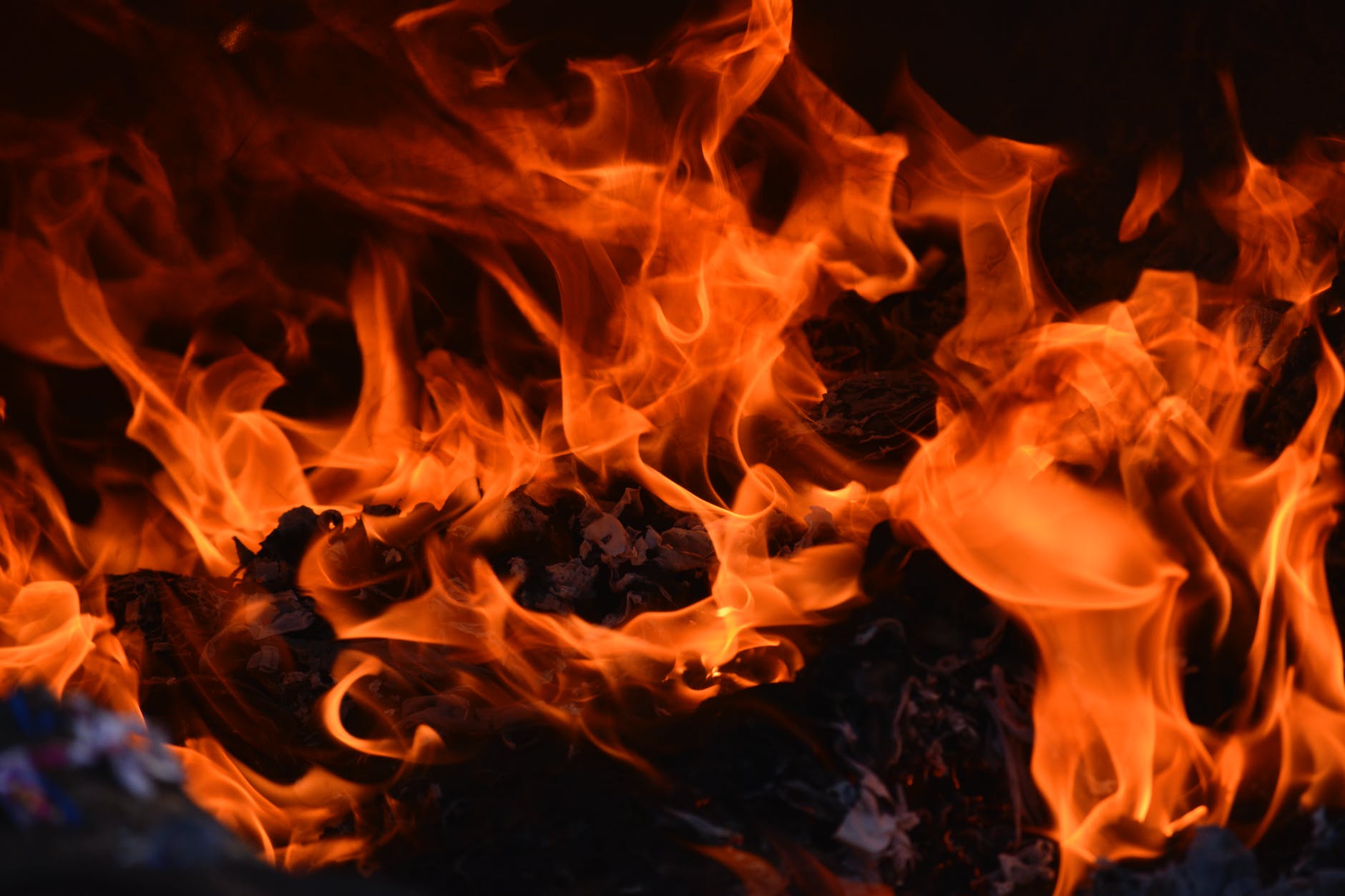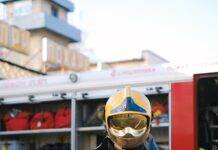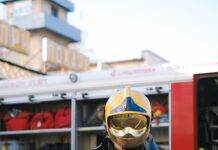
Classes of Fire as per NFPA 10 Standard
Classes of Fire as per NFPA 10 Standard : Fire safety is a critical aspect of our lives, both in residential and commercial settings. To effectively combat fires, it’s essential to understand the nature of different fires and how to classify them for the right response. The National Fire Protection Association (NFPA) has established guidelines for classifying fires based on their source and characteristics. In this comprehensive guide, we will delve into the classes of fire as per the NFPA 10 Standard. From ordinary combustibles to flammable metals, we’ll explore the various classes, their unique properties, and how to safely tackle them.
Introduction to NFPA 10 Standard
The NFPA 10 Standard is a globally recognized framework for fire extinguisher selection, installation, maintenance, and use. It defines various classes of fires based on the materials involved and provides guidelines for selecting the appropriate fire extinguisher for each class. Let’s dive into each class to gain a deeper understanding.
Class A Fires: Ordinary Combustibles
Class A fires involve ordinary combustible materials such as wood, paper, cloth, and plastics. These fires are typically fueled by common materials found in homes and workplaces. To extinguish Class A fires, water-based or multi-purpose fire extinguishers are recommended.
Class B Fires: Flammable Liquids and Gases
Class B fires are fueled by flammable liquids like gasoline, oil, and alcohol, as well as flammable gases like propane and natural gas. Using water on Class B fires can worsen the situation, so foam or carbon dioxide extinguishers are more appropriate.
Class C Fires: Electrical Equipment
Fires involving live electrical equipment fall into Class C. It’s crucial not to use water-based extinguishers on these fires, as the risk of electrical shock is high. Instead, carbon dioxide or dry chemical extinguishers are recommended.
Class D Fires: Flammable Metals
Class D fires involve combustible metals such as magnesium, titanium, and sodium. These fires require specialized extinguishing agents, often in the form of dry powder, specifically designed for the metal involved.
Class K Fires: Cooking Oils and Fats
Class K fires are commonly found in commercial kitchens and involve cooking oils and fats. Wet chemical extinguishers are designed to safely suppress these fires, preventing re-ignition.
Identifying the Fire Class
To effectively combat a fire, it’s crucial to correctly identify its class. Misclassifying a fire can be dangerous. Look for visual cues and consider the materials involved before attempting to use an extinguisher.
Fire Extinguishers for Each Class
Different fires require different types of fire extinguishers. Understanding which extinguisher to use is vital for successful firefighting.
Choosing the Right Extinguisher
Selecting the right fire extinguisher can make all the difference in an emergency. Factors like location, potential fire hazards, and your level of training should influence your choice.
Fire Safety Training
Proper training in fire safety is essential for both individuals and employees in commercial settings. It ensures that everyone knows how to respond in case of a fire emergency.
Preventing Fires
Prevention is the first line of defense against fires. Learn about fire safety measures and practices to reduce the risk of fire incidents.
What to Do in Case of a Fire
Knowing how to react when a fire breaks out is crucial. Learn the steps to take to protect yourself and others.
Common Myths about Firefighting
There are several misconceptions about firefighting that can be dangerous. We’ll debunk some of these myths to ensure you have accurate information.
Fire Safety Regulations
Understanding local fire safety regulations is essential for compliance and safety. Stay informed about the rules in your area.
Conclusion
In conclusion, understanding the classes of fire according to the NFPA 10 Standard is crucial for effective fire prevention and response. By knowing which fire class you’re dealing with and using the appropriate extinguishing methods, you can protect lives and property. Always prioritize safety and be prepared for any fire emergency.
Classes of Fire as per British Standard
Classification of Fire and Types of Fire Extinguishers
Fire Safety and Emergency Response
Frequently Asked Questions
- Why is it essential to use the right fire extinguisher for a specific class of fire?Using the wrong extinguisher can escalate the fire or put you at risk. It’s crucial to match the extinguisher to the fire class for effective suppression.
- Can I use water to extinguish any fire?No, water is not suitable for all fire types. It can be dangerous to use water on electrical fires, flammable liquid fires, or fires involving metals.
- What is the significance of fire safety training?Fire safety training ensures that individuals know how to respond calmly and effectively during a fire emergency, potentially saving lives.
- How can I prevent fires in my home or workplace?Fire prevention involves practices like proper storage of flammable materials, regular equipment maintenance, and following safety guidelines.
- Where can I find information about local fire safety regulations?Local fire departments and government websites are valuable sources of information regarding fire safety regulations in your area.
Remember, fire safety is a shared responsibility, and being prepared is the key to minimizing the damage and risks associated with fires.





















